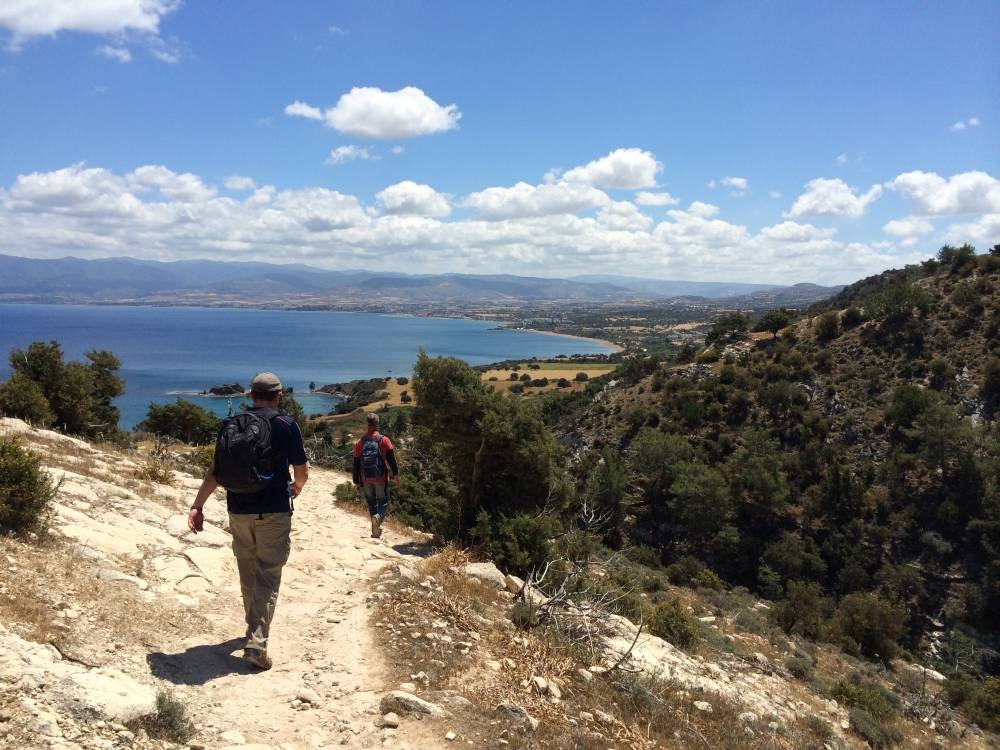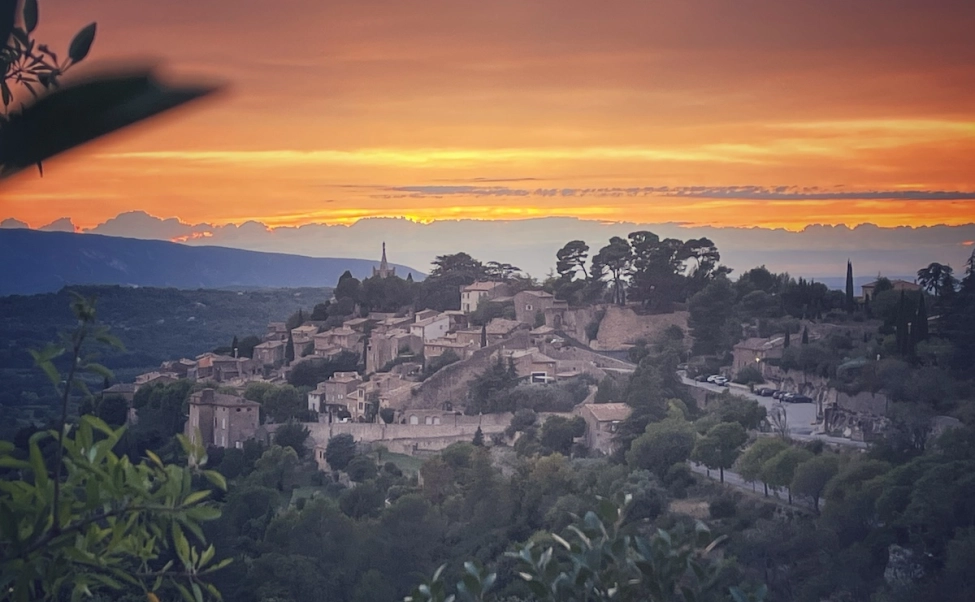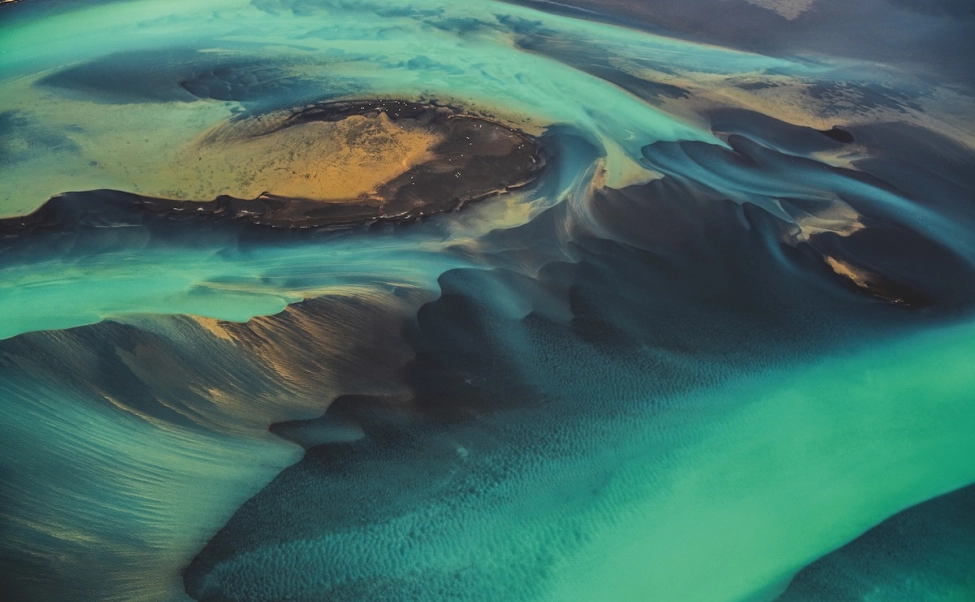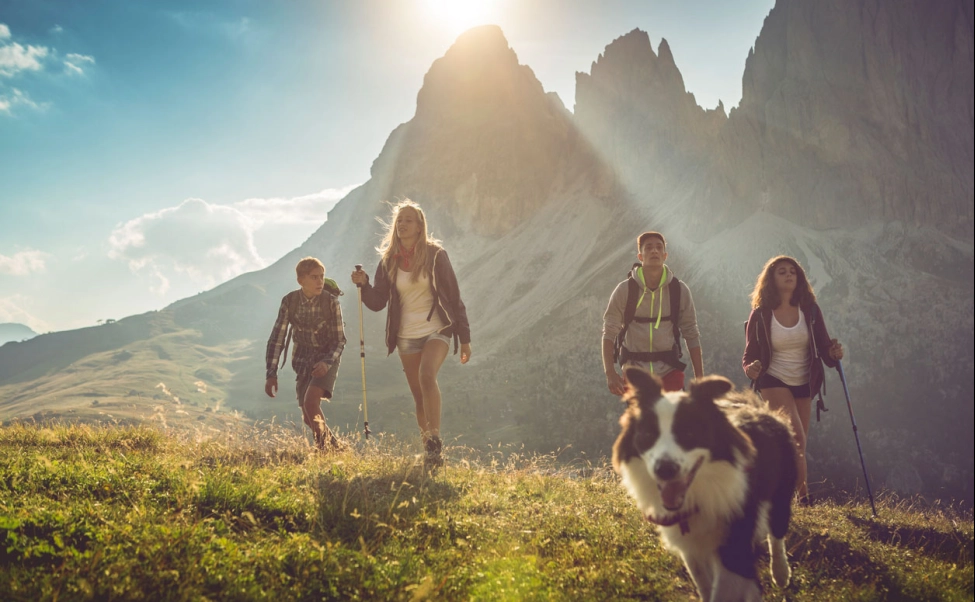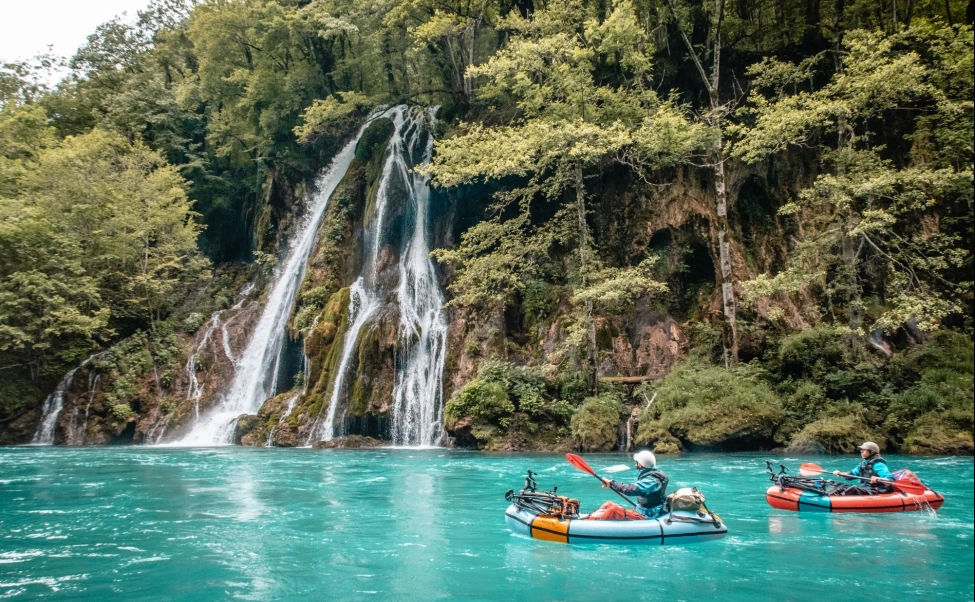- Details
- Written by: Mike Walker
I’ve always had a bit of a thing for islands. The ability to explore a destination in its entirety has never failed to beguile me, the chance to walk from one coast to another never becoming old hat.
And so I was excited to discover that it is possible to walk from one end of Cyprus to the other – a full 250 kilometres, much of it along the European long distance walking route E4, from Cape Greco in the east to the Akamas Peninsula in the west.
Walking from east to west allowed me to begin with a sunrise – the hot Mediterranean sun bursting onto the scene at Cape Greco, the EU’s easternmost point. There was nobody else around as I climbed the towering limestone plug of Cape Greco Tabletop to gaze out over the Med, which I figured made me the first person in the EU to greet the new day.
And what a new day it was. Cape Greco national park is six miles east of Ayia Napa, but despite Cyprus’s party capital being so close, the loudest noise I heard on my first morning was the song of the nightingale – along with the occasional lizard rustling through the scrub as it darted from the path, disturbed by my walking boots.
Cape Greco has been a protected area since 1993, a wilderness where poppies, anemones and wild garlic grow in abundance and the limestone cliffs shelter a honeycomb of sea caves beneath their dusty plateaus. In the brilliant sun the water glares up at me and I have to squint to see the radio masts on the cape below. These are part of a British military radio installation – our eyes and ears on the Middle East – and remind me that I am standing on the very edge of our continent, next stop Syria.
But the E4 turns its back on the Middle East here – and so must I. The E4 snakes its way all the way across Europe from here to Spain but for today I have set my sights on Potamos, a traditional fishing harbour the other side of Ayia Napa. It is an easy day’s walk, much of it flat, but the sun is relentless and so on arrival at Potamos Fish Tavern I take a seat in the shade above the water and those fishing boats and feast hungrily on freshly caught sea bream.
Onwards and upwards
My next few days’ walking will take me higher – up into the Troodos Mountains where I am assured of cooler temperatures and more shaded walking. First though I must get past Larnaca, the island’s third largest city and home to its main airport. I stick to the coast, following the E4 around Larnaca Bay and passing plenty of large, luxurious hotels. These are the extent of what most visitors to the island will see during their two weeks here but I am not envious of their sunbathing – because I know what lies ahead.
That is Fikardou, a traditional Cypriot village that has retained much of its medieval core. I have cheated slightly to get here (taking bus 410 from Larnaca to Delikipos to save time) but the walk up into Fikardou is steep (the village is some 900 metres above sea level) and so I am happy to have saved my legs.
Fikardou is today mostly abandoned (‘preserved in aspic’, my Rough Guide says) and so I must stay in Gourri, two kilometres further on. It is an easy walk along a winding road, with fine views down the mountainside and back to the village. It is easy to see why UNESCO are considering it for world heritage listing – it could be the 18th century up here.
This back-in-time feel continues the next day, as I rise early to make my way to Spilia, a long haul of some 40 kilometres. This is straightforward forest walking and takes me only slightly higher, from shrubland doted with scenic rockrose, into pine forest home to the endemic golden oak of Cyprus.
I am to be surrounded by trees for the next few days, entering the Troodos Forest at Platania and climbing higher to reach Troodos Square, the heart of the national forest park. This is my halfway point and the perfect place to break the journey – and enjoy the views.
Go west
It is in the centre of Cyprus that the Troodos Massif thrusts its volcanic peaks up into a bright blue sky, hiding cool, dense forests in its valleys. I had expected to be walking surrounded by trees here, but instead I found sweeping views out from the trail, over the pine forests and vineyards as I made my way between cedar and juniper and traversed the edges of slopes that will, come winter, be used by skiers.
As I walked west, at times I could smell fetid juniper, an endemic plant used to make local gin, and at almost every stop there was another bird to identify.
The extensive birdlife is one of the real highlights of walking in Cyprus. My boots do not disturb this unspoiled habitat like a motorised vehicle would and so I see hundreds of birds, from the diminutive Cyprus warbler to the vast griffon vulture, which migrates through here every year. Cyprus is a migratory crossroads and it is this location, between Europe, Asia and Africa that has also sealed the island’s fate, with conquering invaders flooding the island at regular intervals throughout history.
Each tribe has left its mark – most recently the British military, whose radar station dominates Mount Olympus, the island’s highest point, making it inaccessible to hikers.
This is disappointing, but there is plenty else to see and I was not disappointed with the scenery, which was about to get even better. In the island’s west, I find the largely undiscovered Pafos forest, an area of ancient, thick pine forest which makes the Troodos Forest seem almost built-up in comparison.
Even better, this little-visited woodland offers hikers their best chance of seeing the Cypriot symbol, the mouflon. This shy creature is the largest mammal on the island – but that isn’t saying much. About the size of a sheep, the mouflon is almost impossible to spot in the wild and despite swiveling my eyes towards every disturbed branch, every rustling noise, I was not lucky enough to see one.
On to the Akamas
A mouflon sighting may have escaped me, but there was plenty more wildlife to be seen on the Akamas peninsula, the island’s northwest tip and my final destination. This is one of Cyprus’ least populated areas (and one that is largely accessible only by 4WD or foot) and I found myself entirely alone as I walked out from dense forest into arid pine scrub on the last Cypriot section of the E4.
The end in sight, I quickened my pace, striking off towards the rugged coastline and looking back over brilliant blue waters towards the fishing village of Porto Latchi with the Troodos rising up behind it. As I walked I spotted what must have been a dozen different species of butterfly and countless birds and reptiles.
And then I spotted something that had been even rarer on my trip – other people. The Baths of Aphrodite are one of the island’s most popular attractions (said to be where the goddess of love bathed with her lover Adonis) and this is as far into the wild Akamas as most people get.
I was determined to reach the cape itself though and so on I hiked, as far west as I could go, to the lighthouse. This is powered by solar panel and it was easy to see why , with an entirely cloudless sky overhead, deep blue as far as the horizon. I reached the island’s other end just in time to watch the sun dip and finally set on a fantastic walk, across an incredible island.

